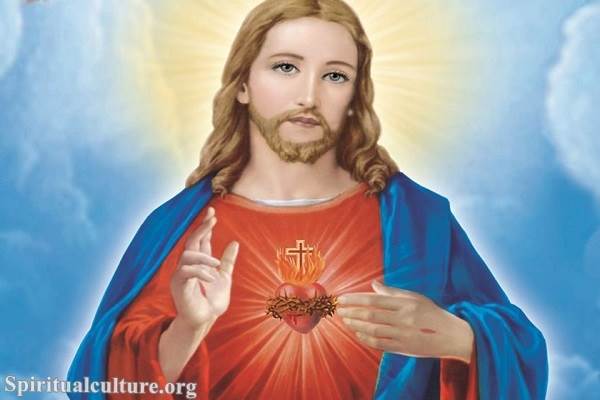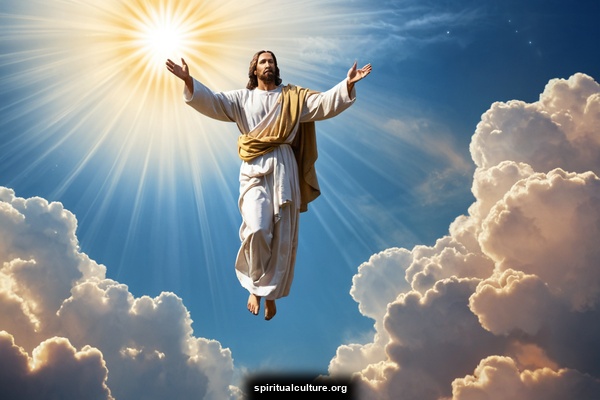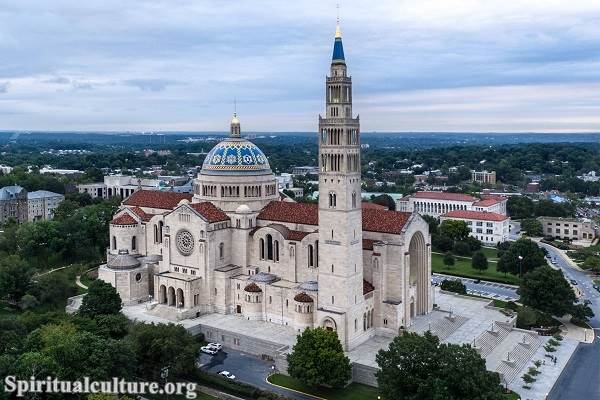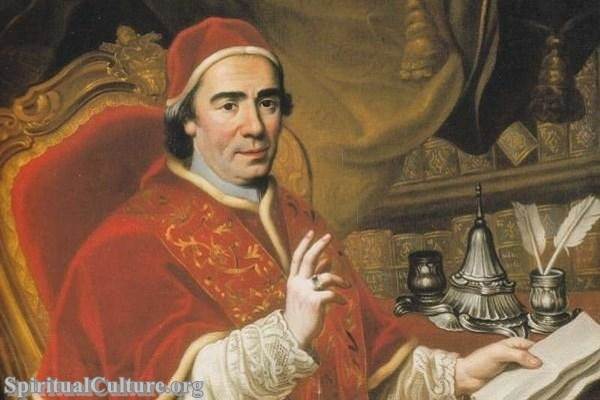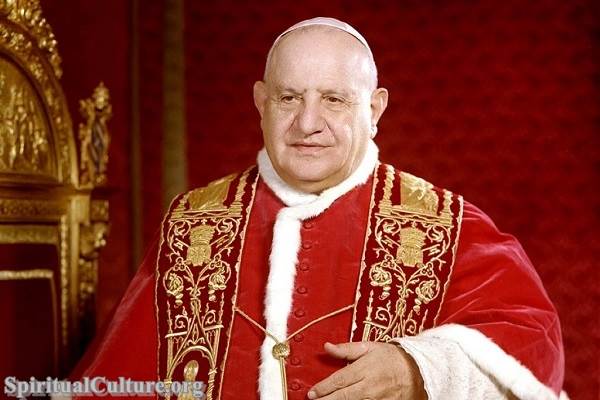Pope Gregory XVI was the head of the Catholic Church from 1831 until his death in 1846. As a steadfast pillar of Catholicism, Pope Gregory XVI left an indelible mark on the Church’s doctrinal and political landscapes.
Catholicism and Pope Gregory XVI
Pope Gregory XVI’s reign was marked by a strict adherence to traditional Catholic doctrines. He was an ardent defender of the Church’s teachings and made it his mission to uphold the tenets of Catholicism. His papacy was characterized by a firm opposition to any form of change or modernization within the Church.
One of the most significant events during Pope Gregory XVI’s tenure was the issuance of the encyclical “Mirari Vos.” This document was a response to what he perceived as the growing threats of secularism, liberalism, and nationalism. In “Mirari Vos,” Pope Gregory XVI condemned freedom of conscience, freedom of the press, and separation of church and state. His steadfast commitment to preserving the traditional Catholic faith was evident in his staunch opposition to these concepts.
Pope Gregory XVI also demonstrated his commitment to Catholicism through his efforts to reinvigorate the Church’s missionary activities. He established the Congregation for the Propagation of the Faith’s College for the Propagation of the Faith, an institution dedicated to training missionaries. Through this initiative, he significantly expanded the Church’s missionary activities, particularly in Asia and Africa.
Catholic Church under Pope Gregory XVI
Pope Gregory XVI’s reign was also marked by significant political activities. He was a firm believer in the temporal power of the papacy, asserting the Pope’s political authority over the Papal States, a collection of territories in Italy directly governed by the Pope.
His papacy was characterized by a strong resistance to the revolutionary movements sweeping across Europe during the 19th century. He was vehemently opposed to the unification of Italy, fearing it would diminish the Church’s political power. His efforts to maintain the status quo led to increased tensions with the emerging nationalist movement in Italy.
Despite the political challenges he faced, Pope Gregory XVI made significant contributions to the Catholic Church’s cultural and intellectual life. He was a patron of learning and science, promoting the study of archaeology, establishing the Etruscan and Egyptian museums in the Vatican, and supporting the work of the Vatican Observatory.
Pope Gregory XVI’s Legacy in the Catholic Church
Pope Gregory XVI’s legacy in the Catholic Church is marked by his unwavering commitment to preserving traditional Catholic doctrines and the Church’s temporal power. His staunch conservatism and resistance to change were met with criticism, but they also underscored his deep devotion to the Catholic faith.
His dedication to the Church’s missionary activities contributed significantly to the spread of Catholicism worldwide. His support for learning and science demonstrated a commitment to intellectual growth within the Church.
In conclusion, Pope Gregory XVI was a steadfast pillar of Catholicism. His commitment to upholding the Church’s doctrines and his efforts to preserve its political power have left a lasting impact on the Catholic Church. His papacy serves as a testament to his unwavering faith and his deep devotion to the Catholic Church. Despite the challenges he faced, Pope Gregory XVI remained a staunch defender of the faith, shaping the Catholic Church’s trajectory in significant ways.
